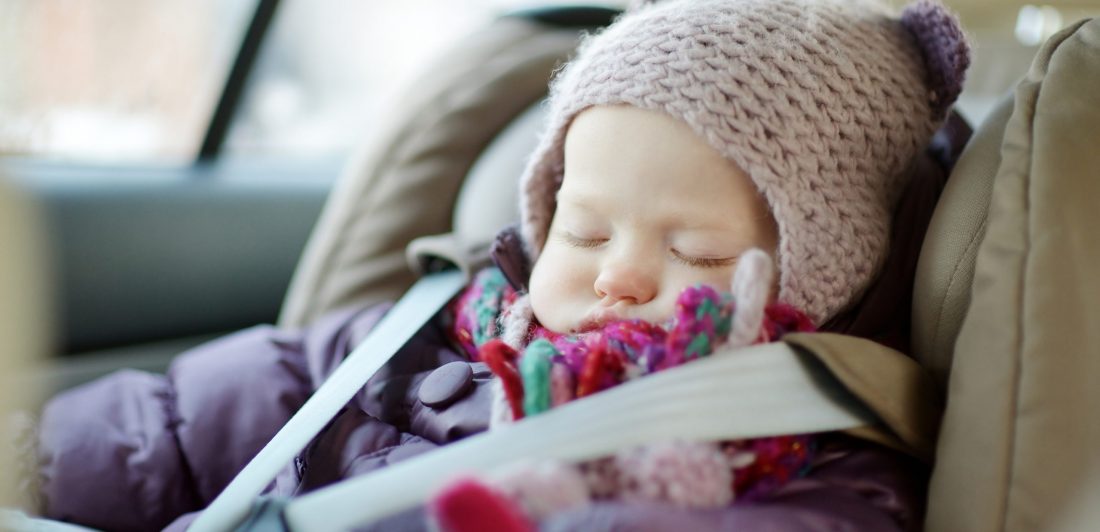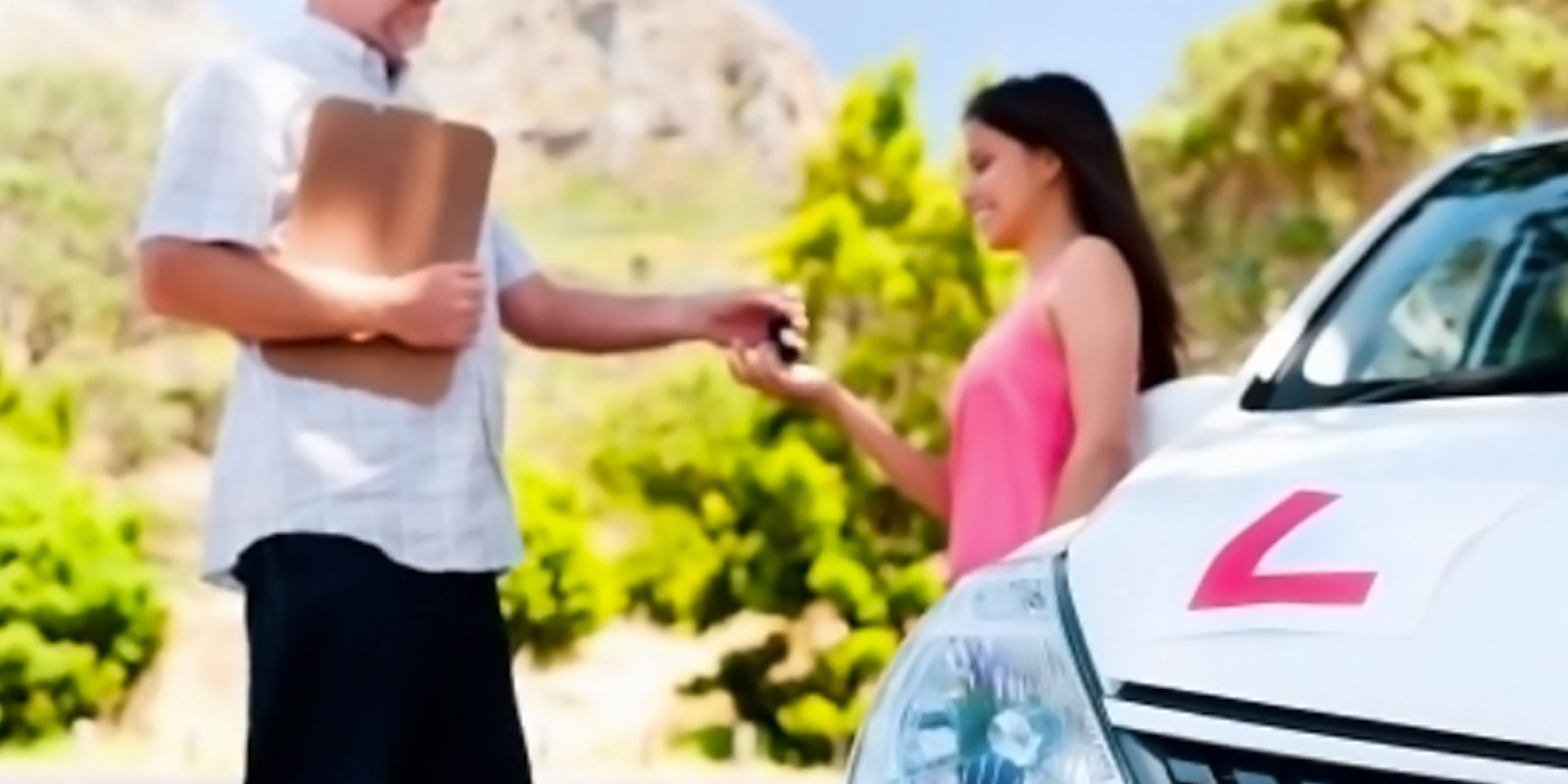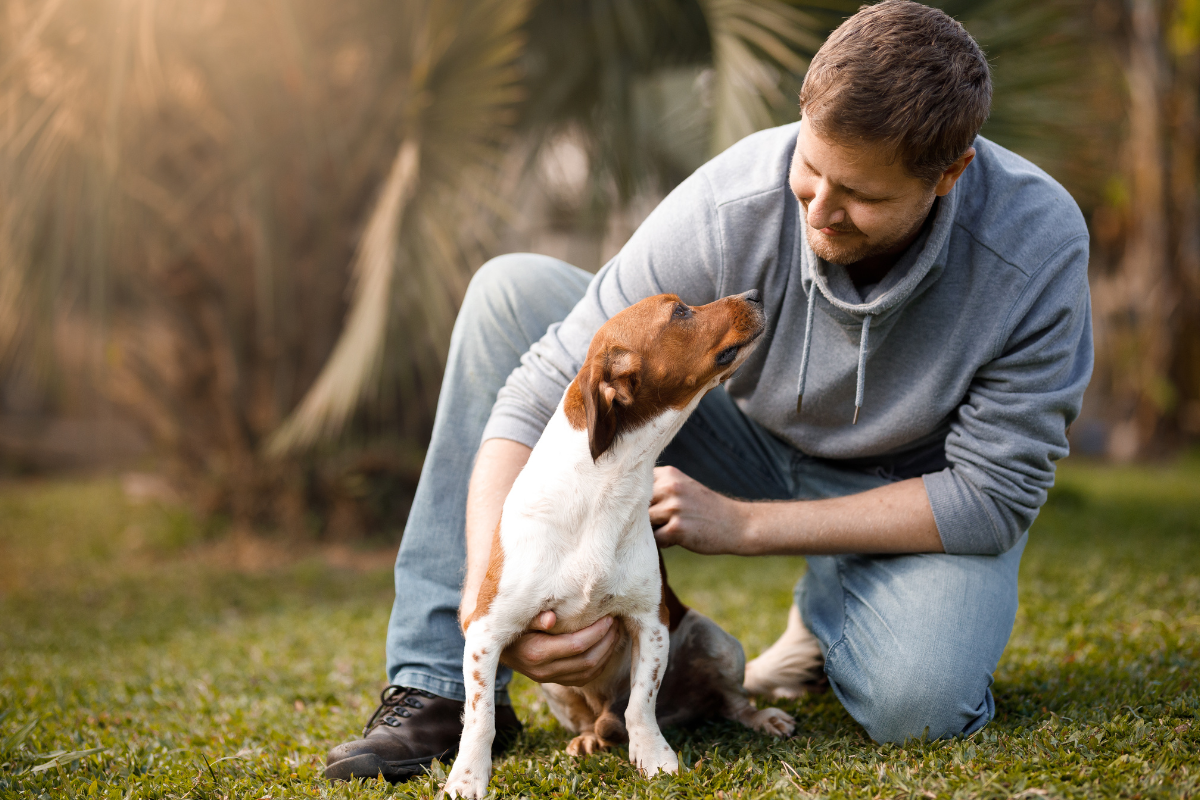The cold winter days are among us once again. While some are soaking in the cool weather, others are trying to maintain whatever warmth they can. During these times, parents may question what to do with winter coats and car seats for young children.
As parents, you want to keep your children warm but also want to keep them secure during your trip. However, bulky winter coats can seriously threaten safety when worn under the straps of car seats and booster seats. Wearing coats in car seats is dangerous because the coats create space between the child’s body and the harness itself. Fortunately, you can do a couple of things to keep your child safe and warm in the car.
What are the Dangers of Wearing a Winter Coat in Car Seats?
According to a study from the National Highway Traffic Safety Administration (NHTSA), about 46% of car seats and booster seats are used in a way that could make them less effective. Misuse includes improper positioning, loose installation, and loose harnesses among others.
The less the child moves in their car seat during an accident, the more effective the car seat will be. Wearing winter coats can prevent a snug fit of the harness, which should be tight at the shoulders and hips at all times. If your child is wearing a coat, you may mistakenly think they are snug when the harness isn’t tight enough. In the event of a crash, the puffiness of the coat will compress underneath the harness. This will create about two to three inches of space for the child to lurch forward in instead of staying still.
Unfortunately, even though car seat experts have shared this information, a study by Volvo showed 65% of parents still don’t remove their child’s coat before putting them in a car seat. Taking the time to remove your child’s coat can seem like a hassle, but it could be life-saving in the event of an accident.
Tips for Proper Fit in a Car Seat
To test if your child’s coat is too thick for a car seat, try these steps:
- Strap your child into the seat with their coat on.
- Undo the straps without loosening them and remove the coat.
- Re-fasten the straps and see if there’s enough room to fit your hand in between the straps and your child. If there’s room for your hand, the coat is too thick to wear in the car seat.
No one is going to pretend that it’s not easier to simply place a child in their car seat with their winter jackets on. However, if you are a parent who believes in the importance of using a car seat correctly to protect your precious cargo, you should ensure that you do not sabotage the car seat’s main feature
Additional Ways to Keep Children Safe While Traveling During Cold Weather
Of course, it can be tempting to leave your child in their warm jacket in the chilly weather. However, there are other things you can do to keep them warm.
- Cover them up: You may want to replace your child’s coat with a blanket once you get to the car. Your child can have the blanket on to keep warm and eventually throw it off if they are too hot. Make sure that no blanket or car seat cover portion is behind your child’s back. Alternatively, after buckling your child, you can put the coat on backward or simply drape it on top of them in the seat.
- Dress your baby or toddler in thin layers of clothing: Start with close-fitting layers on the bottom, such as tights or leggings. Afterward, add pants and a warmer top, such as a sweater. Then, you can dress your child in a thin fleece jacket over the top. As a rule of thumb, children should wear one more layer than adults. For example, if you are wearing a hat and mittens, your child should wear a hat, mittens, and a blanket.
- Use car seat covers for infant seats ONLY if it doesn’t have a layer under the baby: Nothing should ever be underneath your child’s body or between his or her body and the harness straps, especially if it’s bulky. Make sure to leave your baby’s face uncovered to avoid trapped air and suffocation.
- Warm up your vehicle before you head out: Passengers won’t feel the cold as much if the vehicle is warmed up. A warm vehicle should allow them to wear seatbelts comfortably without a jacket.
- Buckle the seat, adjusting the straps each time you do: Even if your child looks snug in their car seat, it is important to tighten the harness each time to ensure that multiple layers aren’t making it unsafe for the child.
- Pack an emergency bag for your vehicle: Keep extra blankets, beanies, mittens, and non-perishable items in case of a roadside emergency or if your child gets wet during a winter outing. Don’t forget to repack your bag after you’ve used it.
The Carlson Law Firm Cares
Although we try our best, sometimes accidents do occur. However, you aren’t alone and you won’t have to deal with car crashes alone. When contacting a car accident attorney, you and your family will be in good hands throughout navigating the legal process. We care, and we can help.





